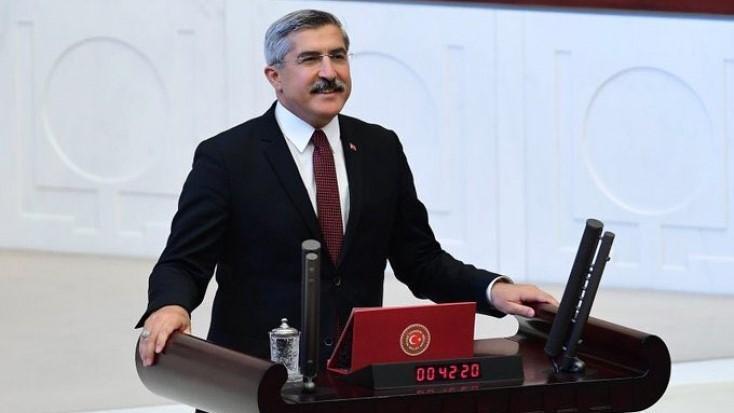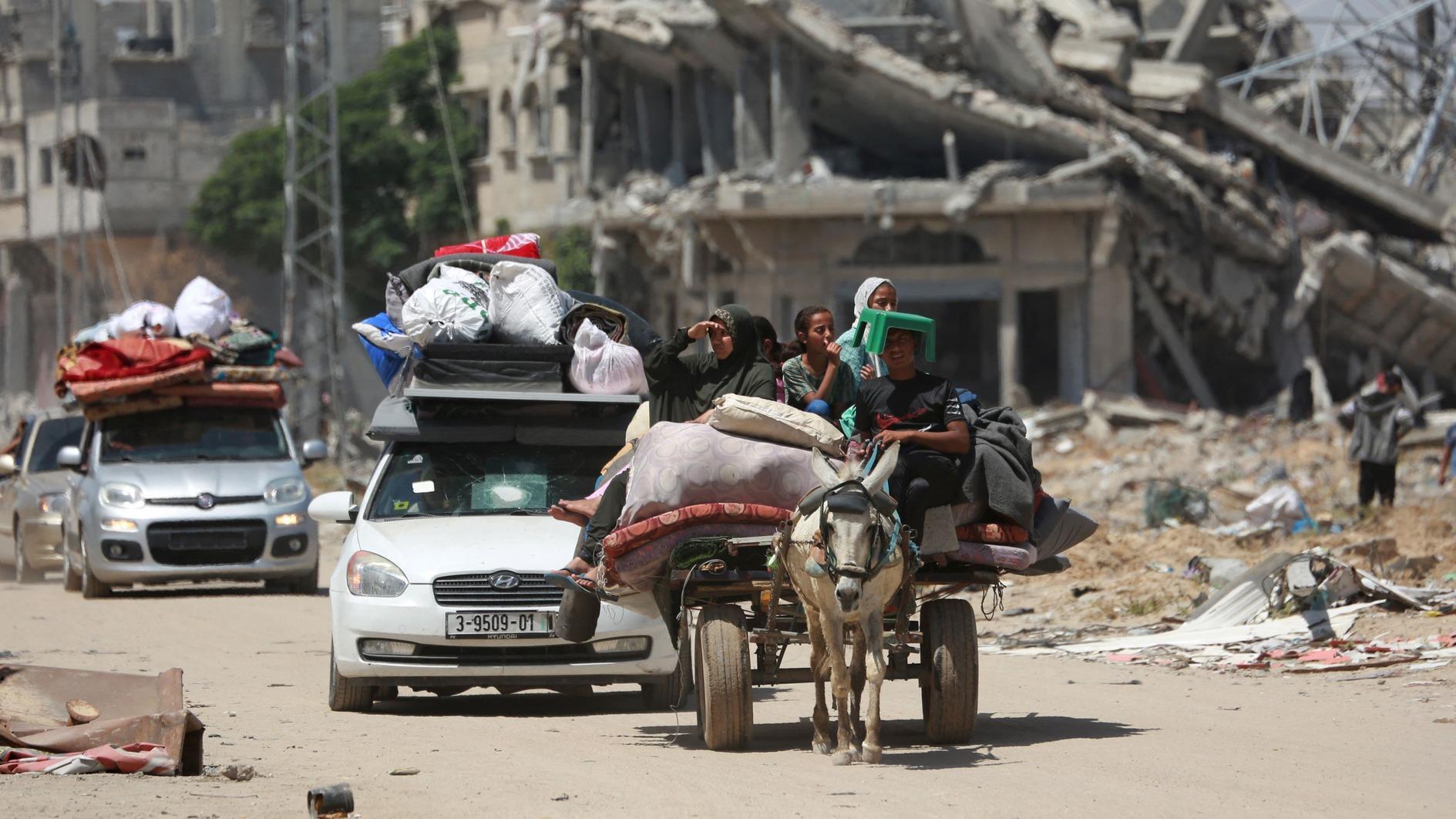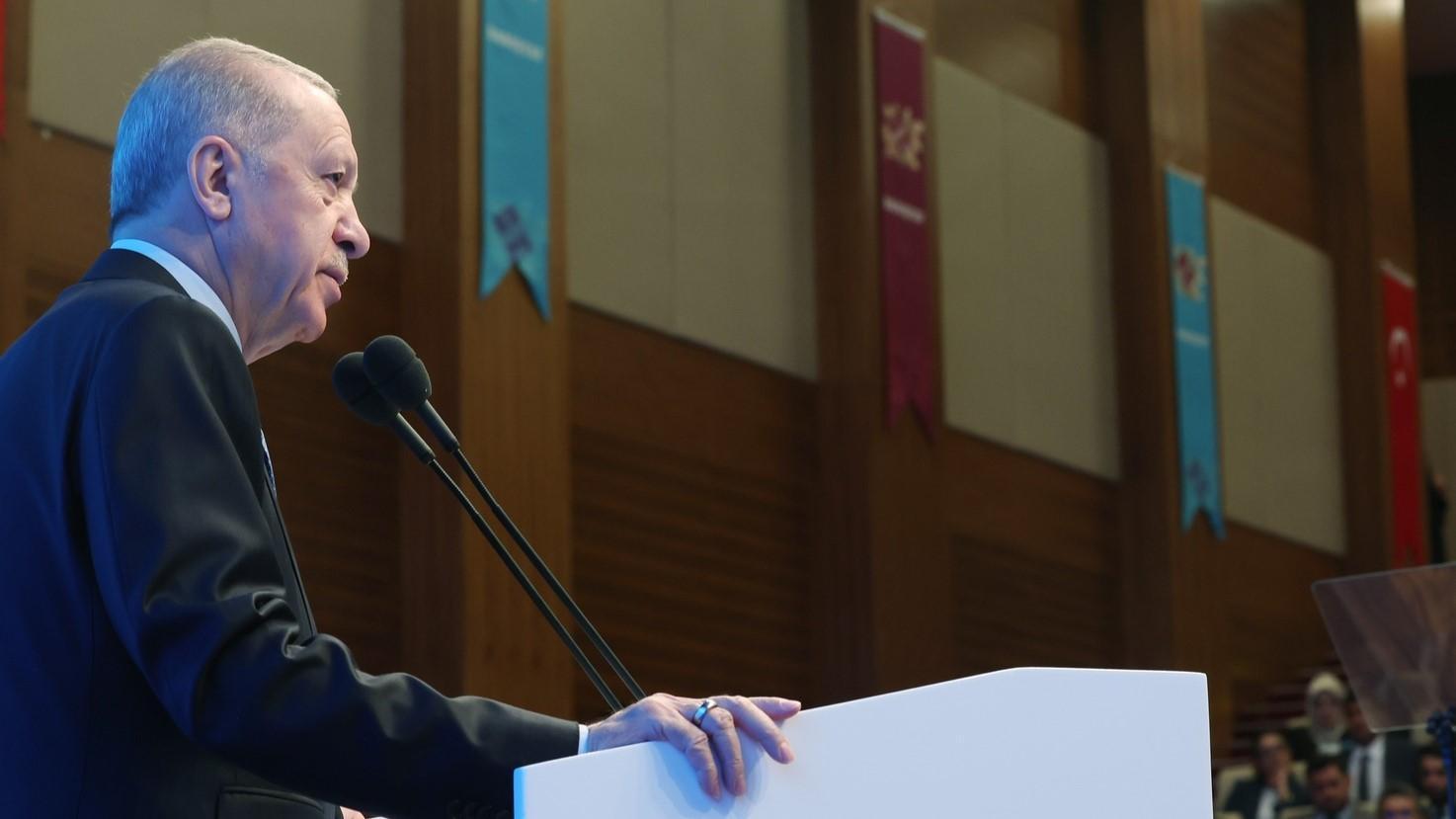Ramallah to Bethlehem, how long?
Palestine could be the first Arab country to industrialize. The potential is there. Regarding capabilities, other than the skilled labor force, Israeli infrastructure is ironically an important asset. Israel is one of the two industrialized countries in the region, the other being Turkey. Theoretically, Palestinians should have no problems connecting to the world. Logistics infrastructure, together with the road network and ports, is right there, next door. Or that, at least, could be the verdict of a naive economist who looks at the investment climate from a distance. Has he ever tried travelling from Ramallah to Bethlehem? That makes a difference. It allows you to understand the frustration of the Palestinian business community. It can also put into perspective the membership petition of Palestinian President Mahmoud Abbas to the United Nations.
A few years ago, I was travelling from Ramallah to Bethlehem. Before starting from Ramallah, I asked that perfectly normal question all taxi passengers ask their drivers: “How long does it take to get there?” His answer was telling. “It depends,” he said. “If we take the Israeli highway, it takes less than an hour. But if we go over the West Bank, depending upon the number of flying Israeli checkpoints today, it could be about three hours.” Keep in mind that the distance we are talking about is 20 kilometers as the crow flies. I learned two things that day: First, there are Israeli checkpoints inside the West Bank, which is not under the civilian and military control of the Palestinian Administration, or PA. Second, there are “flying” checkpoints that are moved around. One day they’re there and the next, they’re gone. Try investing in that climate or try doing business there. The industrialization of Palestine only seems easy.
Last week, Abbas was in New York. He filed an application to the United Nations for Palestine to be accepted as a member state. This is perfectly understandable. We are speaking about the United Nations. Even the Republic of Nauru is considered a member state, with its population of 9,265. Nauru is one of the 193 member states of the U.N. and holds equal voting powers and respect. So is the Republic of Kiribati, with its population of about 100,000. The PA represents a population of about 4 million Palestinians living in the West Bank and Gaza under the occupation of Israel.
We are living in an age where the middle classes of the region are making their voices heard. In the past, it was the dispossessed, those who had nothing to lose but their chains, who were seen as the agents of change. Nowadays, it is the middle class that topples regimes. The ones who are well-connected to the world and well-aware of the living standards of the West want to change their own homeland. The joy that statehood application has brought to the land of PA should be seen in this context. While Hamas and its leaders are building sand castles on the beaches of Gaza, the Mahmoud Abbas-Salam Fayyad team is building a state for Palestinians. This is a new era of Palestinian resistance. It started with boycotting Israeli settlement products in Palestine and state-building efforts in the West Bank. All this while Hamas was messing up in Gaza. For the first time, Palestinians are not only asking for a state, they are not complaining – they are taking bold action.
If you are having trouble understanding the significance of this event, consider the Palestinian businessman trying to operate in the West Bank not knowing how long it takes to get from Ramallah to Bethlehem today.











